So What causes low back pain?
One of the most common ailments I see is low back pain. So what causes this? Often it can be from a lifting and twisting injury, where there is too much strain placed on the deepest layer of low back muscles called multifidi. These muscles provide stability between the pelvis and lumbar (low back) and the deep core muscles. Our center of gravity is located in between the low back and the pelvis at the second sacral vertebrae. When our center is unstable, mechanical force is translated elsewhere and muscle imbalances form, creating more instability and results in compensatory pain IE: low back strain. Sitting and sedentary lifestyles have been branded as the "new smoking". The most compression and force on the low back and its associated structures (intervertebral discs, vertebrae, nerves, musculature) is when in the seated position. How often do you sit while at work? Do you spend a lot of time in your car? Are you active before or after your work day? It is important to get up and move around every hour to relieve disc pressure and circulate blood flow to your tissues. Stretching is another great way to traction the spine from the pelvis, create space around discs by elongating musculature and increasing blood flow.
Sciatica Vs. Piriformis Syndrome
~ Sciatica is caused by an L4/L5/S1 disc herniation or bulge compressing the root of the Sciatic nerve. This can cause shooting pain down the legs and into the foot, numbness, tingling and weakness especially in the foot resulting in Foot Drop or the inability to lift the toes while walking. This is irreversible damage but symptoms and pain can be managed with massage therapy and therapeutic yoga where surgical intervention may not be necessary.
~ Piriformis syndrome is the compression of the sciatic nerve under the Piriformis muscle in the buttocks, when it becomes too tight and adhered. Shooting pain down the legs is common, however; there is no weakness or numbness. A tight Piriformis muscle is usually caused by prolonged sitting or repetitive external rotation like in skate skiing, hockey or ice skating. Does not cause long term damage or effects. Can be managed and treated with Massage therapy and stretching.
Here are a few key stretches to relieve low back pain and sciatica symptoms.
Bring your feet together and knees wide, arms stretched out above your head, drawing your tailbone down towards your heels. Forehead rests on the floor. Hold for at least 1 minute.
Lying on your back, bring one knee in towards your armpit, flex both of your feet to keep your spine long. Hold for at least 30 seconds then switch sides.
Seated on the floor, plant the sole of your right foot on the outside of your left extended leg. Place your your right fingertips behind you to keep your spine long, avoiding rounding in your back. Reach up with your left arm to place your elbow on the outside of your right knee and press into each other to twist from your abdomen. Hold stretch for at least 30 seconds and repeat on the other side.
Lying on your back, bend both knees to plant the sole of your left foot on the floor. Place the outside of your right foot on your left thigh and reach your arms through the figure 4 to hang onto your left hamstring. Pull your left thigh closer towards your body to accentuate the stretch in your right outer hip. Hold stretch for at least 30 seconds and repeat on the other side.
Lying on your back, hug your right knee in towards your chest, then cross your leg over your left side body. Keep both shoulder blades on the floor and if you need to stack pillows under your right knee to allow for this to happen with support then go ahead and do so. Hold each side for at least 30 seconds.
Watch this video on how to self massage using a foam roller to tight muscles and alleviate pain associated with the low back and sciatica. The foam roller is a great tool to use in between massage therapy appointments to maintain soft tissue health. I am also a big advocate for using tennis or lacrosse balls in order to get to deeper musculature, especially in the gluteals. Foam rollers apply a broader pressure, where as tennis balls apply a point specific pressure, allowing for a more intense self massage experience. In sensitive areas like the Iliotibial Band (IT band), I like to use the foam roller, and in thicker areas like the gluteals, I prefer to use tennis balls. Explore them both and see which area and pressure tool suits you best. For best results, foam roll daily for 5 - 10 minutes along with the stretches above and massage therapy treatments for maintenance.











